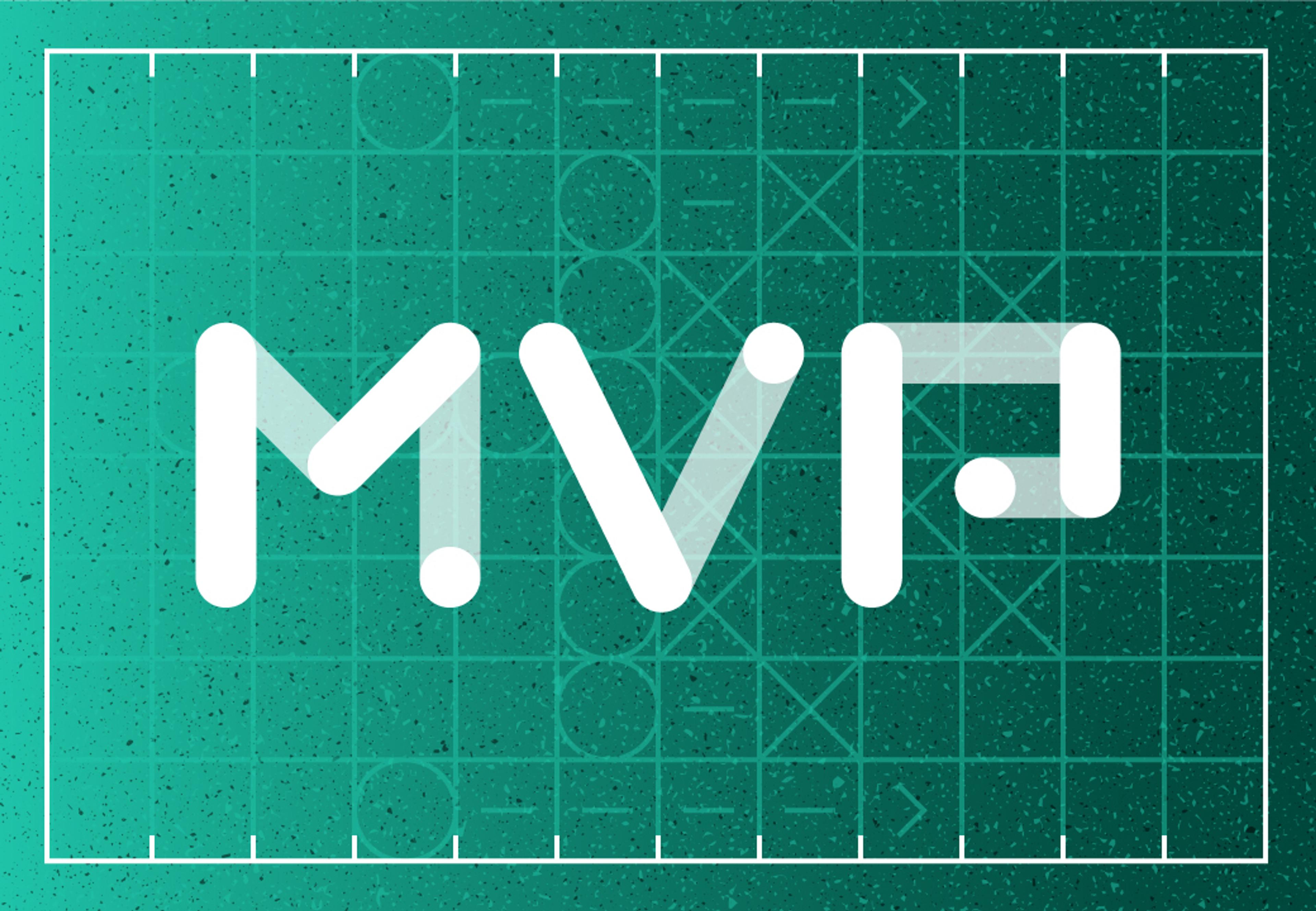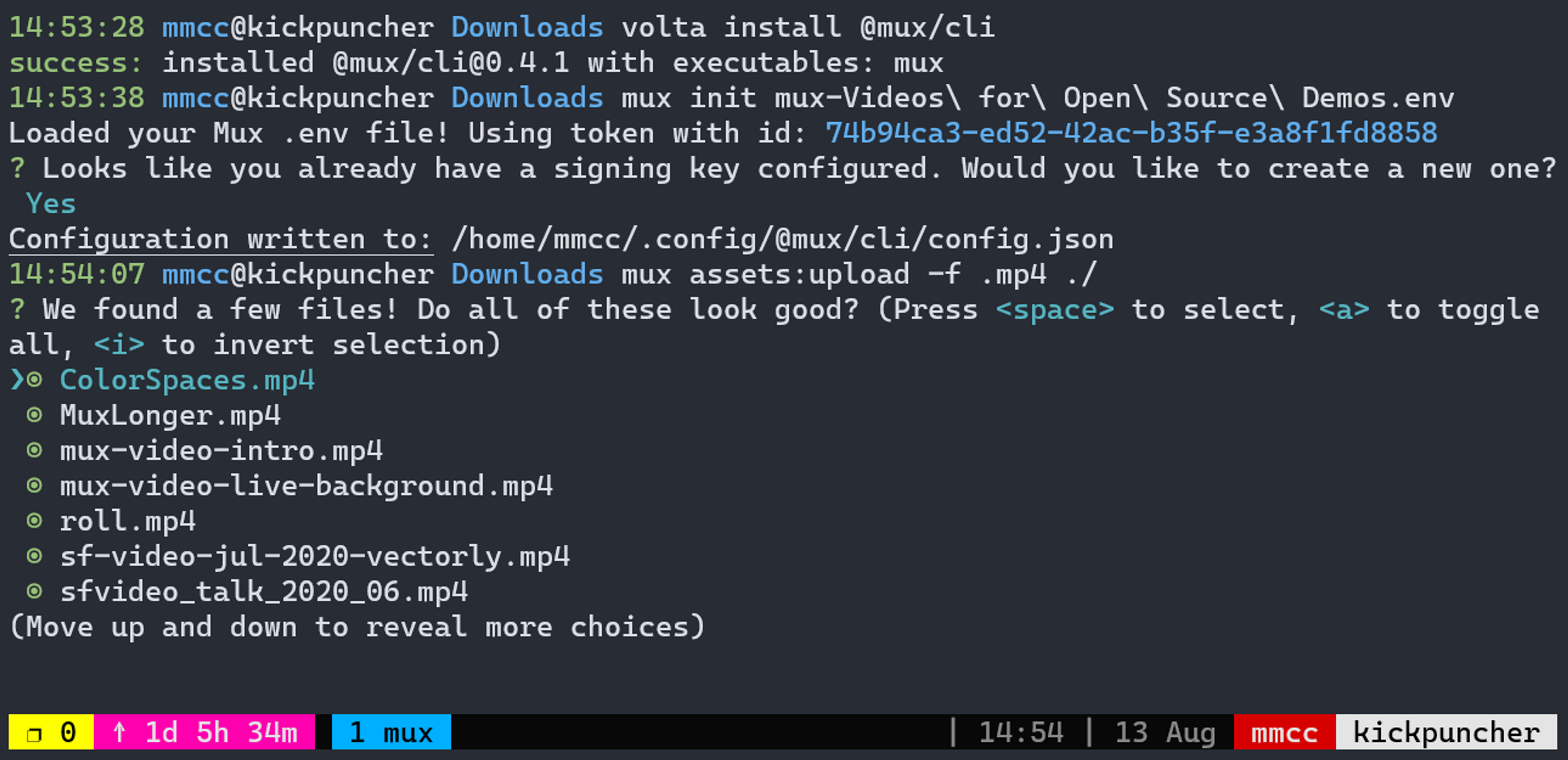The Mux Blog
We're a team of engineers, marketers, designers, all passionate about video and the work we create together. Welcome to our blog about video.

Published on April 20, 2021 (over 4 years ago)
Be the MVP of your live stream: Lessons learned from monitoring the Big Game
Maybe you’re not planning an event with millions of concurrent viewers, but our takeaways from monitoring one of the biggest sporting events of the year are applicable to live streams of all sizes.

Published on April 12, 2021 (over 4 years ago)
Simulacra and Network Virtualization: Does cloud load-balancing work for long-lived TCP streams?
While hunting for a pesky live streaming bug, we discovered that virtual load balancers don’t always simulate their physical counterparts the way you might expect.

Published on April 6, 2021 (over 4 years ago)
Device detection is a journey, not a destination
There are multiple analytics products that use device detection for reporting. How hard could it be? Just throw the user agent at a device detection library and off you go. Nope, wrong.

Published on January 18, 2021 (almost 5 years ago)
Using the Data API to create custom visualizations
Mux Data tracks key insights about your videos. Learn how to make graphs using data from the Mux Data API and present these insights in a React application.

Published on December 16, 2020 (almost 5 years ago)
Kafka Connect: The Magic Behind Mux Data Realtime Exports
Kafka Connect is a powerful tool for moving data in and out of Apache Kafka clusters. Learn how Mux uses Kafka Connect to power real-time exports, as well as lessons we've developed along the way.

Published on December 8, 2020 (about 5 years ago)
Live streaming with React Native
So... You've decided to introduce mobile live streaming to your React Native app. This is wonderful and if you are using Mux this is especially great because getting set up and running is extremely...

Published on November 17, 2020 (about 5 years ago)
Making Storyboards Fast!
*This is part II in the journey Mux software developer Josh Allmann had with creating Storyboards. Check out the product announcement here! On making Storyboards fast On a personal note, this was my...

Published on October 1, 2020 (about 5 years ago)
stream.new: Add a video. Get a sharable link to stream it.
stream.new: Add a video. Get a sharable link to stream it. Read about this new free and open source project built and powered by Mux.

Published on September 21, 2020 (about 5 years ago)
Timeout. Let’s try this again. Tuning timeouts and retries at scale.
Everyone knows that outages suck. We’re always learning from them. Let's dive into the details of some changes we made to our system that have helped bring us closer to our goal of a perceived 100% uptime.

Published on August 13, 2020 (over 5 years ago)
Hey look, a Mux CLI
We released an early version of a CLI that we've been using internally. It makes it easier to upload local assets, along with some signing utilities, and more. We'd love to hear what you think!